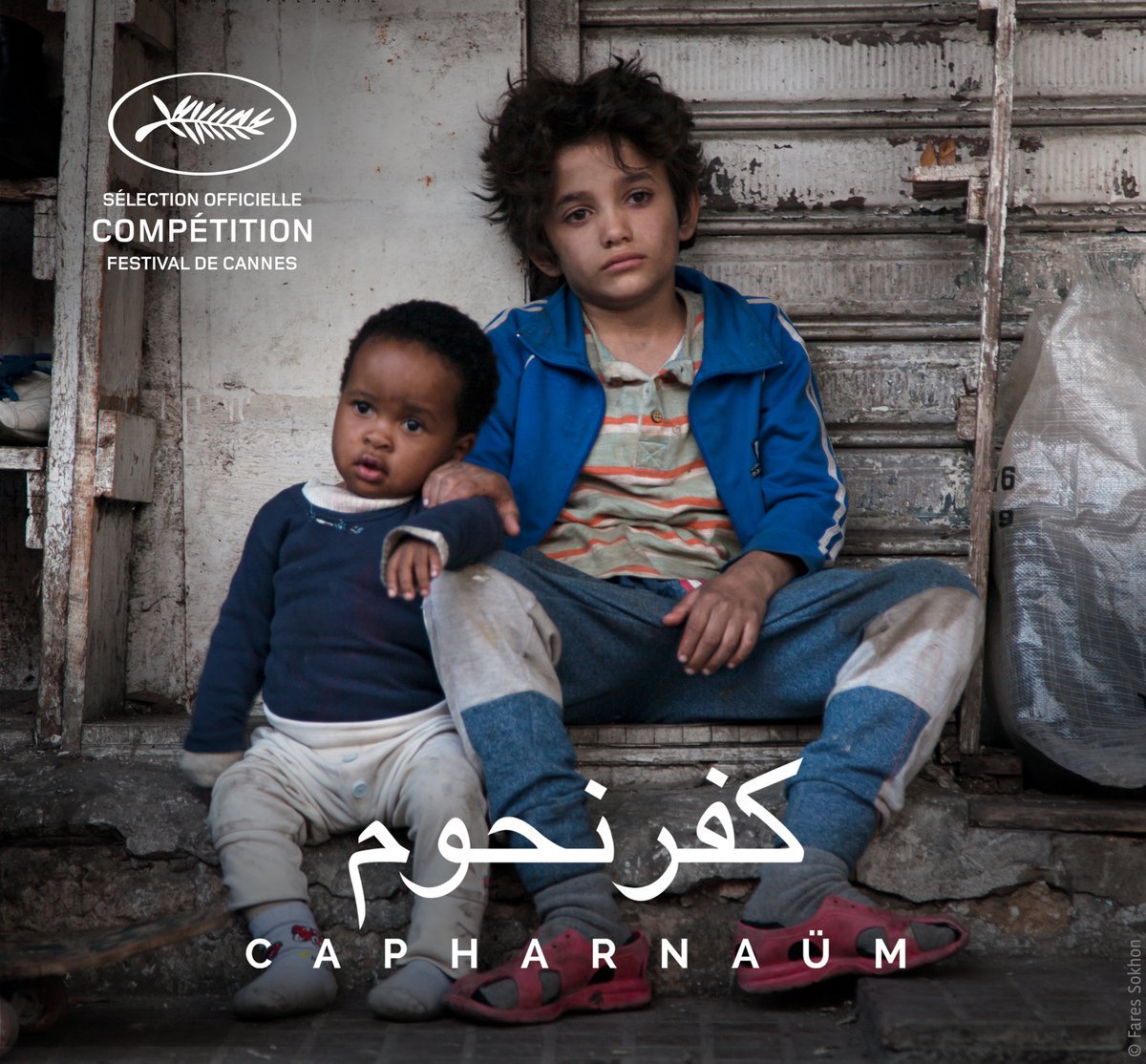By: Mohamed Youssef
@MAboussef
Nadine Labaki’s Capharnaum is a Lebanese melodrama which galvanized global audiences in its unequivocal depiction of the gruesome conditions of the marginalized and underprivileged.
Winner of the Jury Prize in the prestigious Cannes Film Festival and Oscar nominee for best foreign film, Capharnaum does not shy away from delivering the full picture nor does it attempt to sugarcoat reality in a bid to broaden its market.
Set in the slums of Beirut, the film follows pre-pubescent Zain who lives with his mother and father and a handful of brothers and sisters. Zain is incarcerated for a crime and while serving his sentence, decides to sue his parents for ‘bringing him to life’.
The film is a storytelling showcase of Zain’s journey which reflects on philosophical dilemmas without emotionally extorting the audience for even the briefest of moments.
The film is very somber and heartbreaking but we are no strangers to the form of hardship it portrays. The poignant adversities seen in Capharnaum are ones that we know exist in our communities. However, people often choose to overlook or desensitize themselves to their existence.
It is in that sense that Capharnaum does not abuse its viewers emotionally; it structures the events and interactions between characters in an appropriate fashion, without excessive exaggeration to earn points through the audience’s moral compass.
And best of all, the film does not show Zain as a passive victim subject to wrongdoing, but a character with agency and charisma who knows no other life than the one he is living but is struggling to survive his childhood.
He brings us a kid’s take on misfortune with a seamless incorporation of hardship and childhood together. The film raises the question of how a child could bear such unfortunate living conditions and yet have remnants of youthfulness within him.
Zain is played by Zain al-Rafeea, a Syrian refugee living in Lebanon with no previous acting experience. He is joined by other non-professional actors like Yordanos Shiferaw who plays the role of Rahil, a refugee working as a servant to an upper class ‘Madame’.
Both Zain and Rahil were played by persons who were exposed to a similar reality experienced by the characters they portray. This, along with Labaki’s outstanding direction, helps both shine in their roles.
And their roles are central to the film’s realism.
Rather than recreating locations in a studio environment, Labaki – who is also the film’s co-writer – went the extra mile and shot most of the scenes in actual locations.
Through the film, Labaki delivers a masterclass in directing, with artistic and symbolic shots which mesmerized audiences.
By giving them qualities and personalities which surfaced through their interactions, Labaki flawlessly constructed the characters in the film.
She instituted contrasts between some characters to accentuate their dimensions in comparison to one another and to touch on the moral message the film was trying to deliver.
Rahil’s and Zain’s mothers serve as prime examples of this technique. Both portrayed motherhood in unfortunate conditions, but both brought different perspectives and reactions to deal with them.
The film posits, are people bad at their core or does life drive them towards wickedness with little to do about it?
The film does not give a decisive answer, and in light of the stories told, the debate could go on forever without a conclusive outcome.
Labaki was able to push the audience to have second thoughts about Zain’s parents and whether they are really to blame. Even though they were the most hated figures in the film, it was up to question if they deserved the audience’s sympathy.
Labaki’s reliance on dialogue is not extensive, especially during the first half of the film. The film took a show, not tell approach, emphasizing how the characters felt and interacted rather than spoon-feeding the audience this aspect through dialogue.
